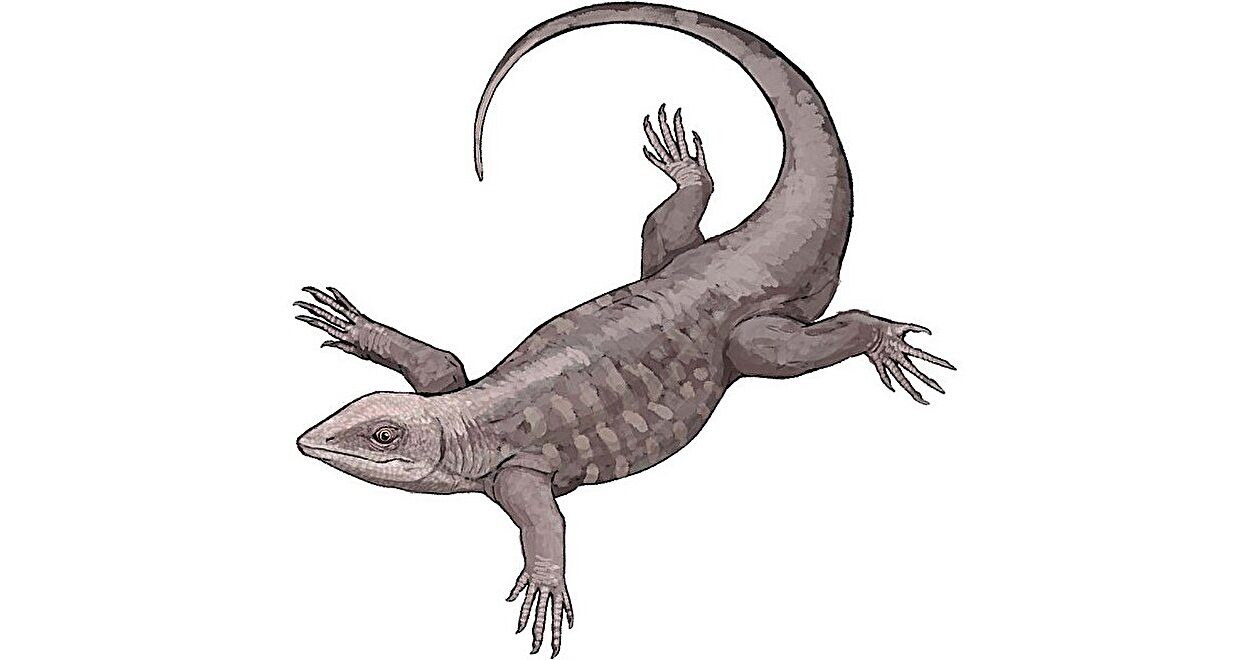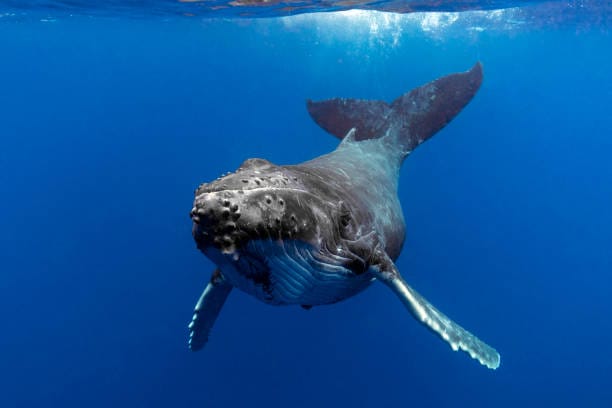The Isle of Skye, an island in Scotland renowned for its dramatic landscapes and rich history, has now become a crucial site in understanding the ancient ecosystems that once thrived millions of years ago. Recently, a groundbreaking discovery has captured the attention of paleontologists and history enthusiasts alike. A newly uncovered trove of dinosaur footprints—some of which are over 167 million years old—provides an extraordinary glimpse into life during the Middle Jurassic period. This discovery, detailed in a study published in PLOS One by Tone Blakesley from the University of Edinburgh and colleagues, brings the distant past to life, offering an exceptional window into the behavior and movement of two of the most iconic dinosaur groups: theropods and sauropods.
Unveiling the Ancient Stomping Ground
The Isle of Skye has long been recognized as a hotbed for fossil discoveries, and this latest find further solidifies its importance. Located along the island’s rugged coastline, the footprints were preserved in the rippled sands of an ancient subtropical lagoon, offering rare insights into the behaviors and movements of dinosaurs. This site is particularly valuable because it captures a moment from the Middle Jurassic period—approximately 167 million years ago—when dinosaurs were flourishing and diversifying across the globe.
The footprints, numbering up to 131 individual impressions, were left by a range of dinosaurs that walked the shores of the lagoon in their search for food, shelter, or perhaps social interactions. These prints provide crucial clues to the distribution of dinosaur species during this critical phase of evolution. Their preservation in this ancient lagoon further highlights the importance of these ecosystems for understanding the behavioral patterns of dinosaurs, as many species would have frequented similar environments for their survival needs.
A Diverse Range of Dinosaur Tracks
The footprints found on the Isle of Skye come in two distinct types, each revealing a different aspect of prehistoric life. The first are the three-toed tracks, which were left by bipedal, carnivorous theropods—dinosaurs that walked on two legs and hunted other creatures for food. These tracks, varying in size from 25 to 60 cm in length, are indicative of large, predatory dinosaurs, possibly related to well-known species such as Megalosaurus, one of the first dinosaurs ever described scientifically.
The second type of footprint found at the site are rounder, “tire-sized” tracks, which were left by quadrupedal, long-necked sauropods. These massive herbivores, with their enormous size and long tails, left deep impressions in the soft sand of the ancient lagoon. The sauropod tracks are particularly intriguing because they hint at the size and scale of these creatures, which could grow to lengths of over 30 meters. Similar sauropod species, such as Cetiosaurus, have been identified in fossil records from the UK, and it is likely that these are the ancestors of the creatures responsible for the footprints discovered on Skye.
A Journey Through Time: Sequential Footprints and Behavior
What makes this site even more fascinating is the fact that many of the footprints occur together in what appear to be sequential steps. These trackways, some of which extend over 12 meters, represent some of the longest known examples from the Isle of Skye. The pattern of footprints suggests that the dinosaurs were casually moving around the lagoon, perhaps searching for food or simply traversing the area at different times.
The spacing between the footprints indicates that these dinosaurs were walking slowly, possibly indicating they were not in a hurry. There is no consistent direction or interaction between the tracks, which suggests that the dinosaurs were not engaged in any significant social behavior, such as hunting or mating, at this particular moment. Instead, it seems they were wandering independently, leaving behind a fascinating record of their movements in the sands of time.
The Environmental Context of the Footprints
The discovery of these footprints provides further support for previous evidence that sauropods, large herbivorous dinosaurs, frequently inhabited Scottish lagoons during the Jurassic period. These lagoons were shallow bodies of water surrounded by mudflats, offering the dinosaurs a fertile environment for foraging and perhaps even refuge from predators. The fact that theropod tracks are more prevalent at this site than in other similar localities is intriguing. It could suggest that environmental conditions at this particular lagoon may have attracted more carnivorous dinosaurs, or that theropods were more active in these types of settings compared to other areas.
Interestingly, the site does not contain footprints from other common Jurassic dinosaurs, such as stegosaurs or ornithopods. Whether these species were truly absent from the environment at the time or simply failed to leave footprints in this specific area remains an open question. The absence of these other species adds another layer of mystery to the site, hinting at possible ecological or behavioral factors that could explain the distribution of dinosaur tracks across different regions.
The Significance of the Site: Scientific and Historical Insights
This site on the Isle of Skye holds a double significance, not only as a paleontological treasure trove but also as a historically important location. According to the study authors, the footprints found at Prince Charles’s Point, where these tracks were uncovered, provide fascinating insight into the behavior and distribution of dinosaurs during the Middle Jurassic period. The presence of both theropods and sauropods in the same environment suggests that these ancient creatures may have shared ecosystems in ways that we had not previously fully appreciated.
Moreover, the Isle of Skye has a rich historical connection to the events of 18th-century Scotland. The point where the footprints were discovered is historically significant as a place where Bonnie Prince Charlie, the leader of the Jacobite rebellion, landed and hid during his flight across Scotland after the Battle of Culloden in 1746. The discovery of dinosaur footprints in the same area highlights the deep historical layers that Skye represents—from ancient dinosaurs to the iconic figures of Scottish history.
A New Era of Dinosaur Discovery
The discovery of these Jurassic dinosaur footprints is a testament to the ongoing efforts of paleontologists to piece together the ancient world of the Mesozoic era. Each new find, whether it’s fossilized bones, footprints, or trackways, adds invaluable information about the lives of these prehistoric creatures. For scientists, it’s not just about identifying the species that left these tracks, but understanding the environmental conditions, behaviors, and interactions of these ancient animals.
For the general public, the discovery on the Isle of Skye offers an extraordinary opportunity to connect with the past in a deeply personal way. The footprints are tangible remnants of a world that existed long before human beings, yet they still speak to us, telling stories of ancient ecosystems and the creatures that once roamed them. They remind us that the Earth has been home to a variety of life forms over millions of years, and we are just the latest chapter in an ongoing story of evolution and adaptation.
Conclusion: A Window Into the Past
The Jurassic footprints discovered on the Isle of Skye provide a stunning glimpse into the ancient world of dinosaurs. They allow us to visualize how theropods and sauropods moved, interacted, and lived in a very different Earth, one that was dominated by lush, subtropical environments and a diverse array of prehistoric creatures. The site’s significance extends beyond paleontology, as it connects us to the distant past and highlights the importance of conservation in preserving these fragile remnants of history.
As the study of these footprints continues, scientists will undoubtedly uncover even more clues about the behaviors, ecosystems, and evolutionary trajectories of the dinosaurs that once roamed the Earth. In the meantime, the Isle of Skye stands as a lasting monument to the incredible creatures that once ruled the land, offering us an unforgettable opportunity to step back in time and walk in the footsteps of giants.
Reference: Tone Blakesley et al, A new Middle Jurassic lagoon margin assemblage of theropod and sauropod dinosaur trackways from the Isle of Skye, Scotland, PLOS One (2025). DOI: 10.1371/journal.pone.0319862. plos.io/4bVUTdJ






